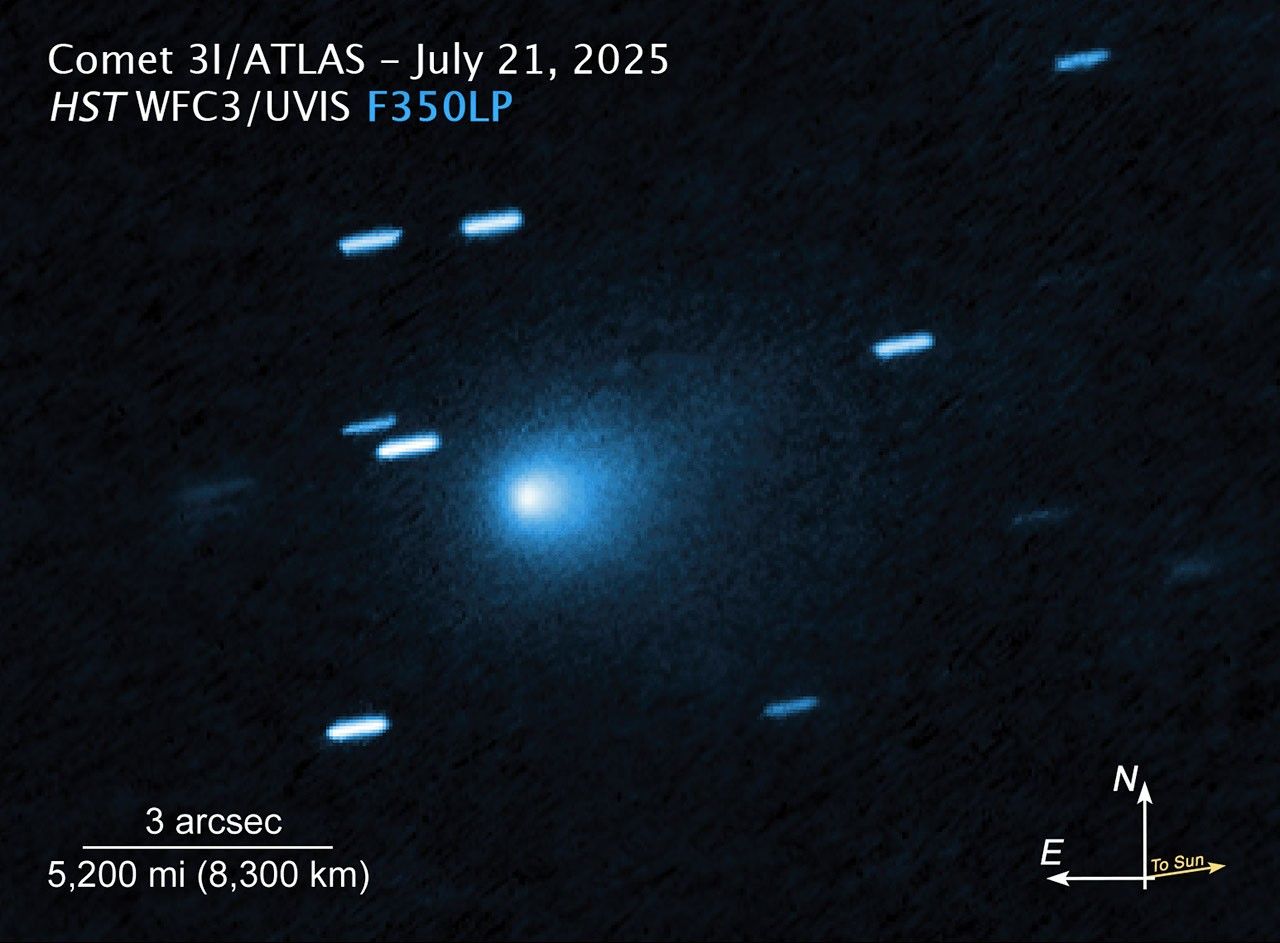
Introduction to Titan
Titan, the largest moon of Saturn, has captured the attention of scientists and space enthusiasts alike due to its unique characteristics and potential for the existence of life. With a thick atmosphere, vast lakes of liquid methane, and a landscape reminiscent of early Earth, Titan presents a rich area for research and exploration. The significance of studying this celestial body extends beyond merely understanding our solar system; it could offer insights into the conditions that foster life and the origins of organic compounds.
Recent Discoveries and Research
NASA’s Dragonfly mission, scheduled for launch in 2027, aims to explore Titan’s surface and atmosphere using a flying drone-ship. Scientists are particularly keen to study the moon’s hydrocarbon lakes, which could contain prebiotic chemical processes fundamental to the emergence of life. Observations made by the Cassini-Huygens mission, which operated from 1997 to 2017, revealed extensive hydrocarbon lakes and rivers on Titan, showcasing its dynamic climate. In a recent study published in 2023, researchers stated that Titan’s atmosphere is similar in some ways to that of early Earth, suggesting that studying it may provide clues about how life could potentially arise in similar environments.
The Importance of Titan
What makes Titan exceptionally intriguing is its thick nitrogen-rich atmosphere, which is unlike any other moon in the solar system. The moon’s average surface temperature is about -290 degrees Fahrenheit (-179 degrees Celsius), allowing methane and ethane to flow in liquid form. This makes Titan a prime candidate for astrobiological studies, as some scientists believe that life could exist in its methane lakes, albeit in a form vastly different from what we know.
Conclusion and Future Prospects
In conclusion, Titan stands out not only as a massive and geologically active moon but also as a significant subject of extraterrestrial research. The upcoming Dragonfly mission will provide an unprecedented opportunity to explore this complex environment, bringing us closer to understanding how life could emerge in the universe. As humanity continues to look beyond our planet for signs of life, Titan remains at the forefront of those astronomical efforts, promising exciting revelations in the years to come.
You may also like

Exploring the Latest Strange Object in Our Solar System

NASA’s Discoveries: The Interstellar Comet 3I ATLAS
